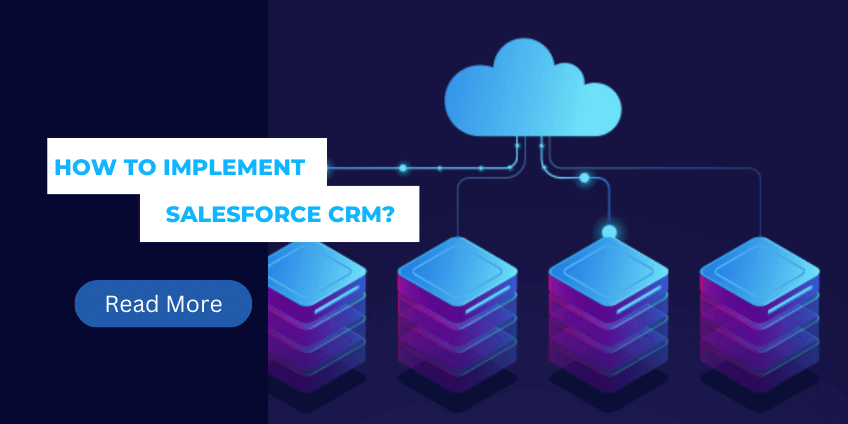Marketing Automation Quick Start Implementation
In today’s fast-paced digital landscape, businesses are increasingly turning to marketing automation to streamline their operations, enhance customer engagement, and drive revenue growth. Marketing Automation Quick Start Implementation provides organizations with the tools and strategies needed to deploy automated marketing systems rapidly. Whether you’re a small business looking to scale or an enterprise seeking efficiency, this guide will walk you through the essential steps for a successful implementation. By leveraging the power of marketing automation, you can automate repetitive tasks, personalize customer experiences, and gain valuable insights, all while optimizing your marketing efforts.
Basic Understanding:
What is Marketing Automation Quick Start Implementation?
Marketing Automation Quick Start Implementation refers to the rapid deployment and integration of marketing automation tools within an organization’s marketing stack. This approach is designed to get your automation systems up and running quickly, enabling you to start benefiting from automated workflows, lead nurturing, and data-driven decision-making in no time. By focusing on quick implementation, businesses can immediately improve their marketing efficiency and ROI.
Key Components of Marketing Automation Quick Start Implementation:
- Strategy Development: Begin by defining your objectives and goals for implementing marketing automation. Understand your target audience, map out customer journeys, and identify key touchpoints where automation can enhance engagement and conversion.
- Tool Selection: Choose the right marketing automation platform that aligns with your business needs and objectives. Consider factors such as ease of use, scalability, integration capabilities, and pricing.
- Data Integration: Ensure seamless integration between your marketing automation platform and other essential systems such as CRM, email marketing, and analytics tools. Centralize your data to gain a comprehensive view of customer interactions and behaviors.
- Workflow Design: Design automated workflows that align with your marketing objectives and customer journeys. Define triggers, actions, and conditions for each workflow to deliver relevant and timely communications to your audience.
- Content Creation: Develop compelling content assets tailored to different stages of the buyer’s journey. Leverage dynamic content and personalization to deliver highly relevant messages that resonate with your audience.
- Testing and Optimization: Continuously monitor and analyze the performance of your automated campaigns. A/B test different elements such as subject lines, CTAs, and content variations to identify what resonates best with your audience. Use data-driven insights to optimize your strategies for better results.
Best Practices for Marketing Automation Quick Start Implementation
1. Start Small and Scale
A common mistake in Marketing Automation Implementation is trying to automate everything at once. Instead, start small by automating a few key processes and gradually scale as you gain more confidence and understanding of the platform. This approach reduces the risk of errors and allows you to learn and adapt as you go.
2. Focus on Personalization
Personalization is key to successful marketinautomation. Use the data collected by your platform to create personalized content and offers for your audience. Tailor your automated workflows to deliver the right message to the right person at the right time. Personalization enhances customer experience and increases engagement and conversion rates.
FAQ's About Marketing Automation Quick Start Implementation:
Marketing automation enables businesses to save time, improve efficiency, increase revenue, and deliver personalized experiences to their audience at scale.
The timeframe for implementation varies depending on factors such as the complexity of workflows, data integration requirements, and organizational readiness. However, with a quick start approach, businesses can typically launch basic automation initiatives within a few weeks to a couple of months.
While technical expertise can be beneficial, many marketing automation platforms offer user-friendly interfaces and pre-built templates that simplify the implementation process. Additionally, working with experienced consultants or agencies can help bridge any knowledge gaps.
Success metrics for marketing automation may include lead generation, conversion rates, email engagement, ROI, and customer retention. It’s essential to establish clear KPIs upfront and track performance against these metrics to gauge the effectiveness of your automation efforts.
While marketing automation streamlines processes and enhances efficiency, human interaction remains crucial, especially in building relationships and addressing complex customer inquiries. Automation should complement human efforts rather than replace them entirely.
Conclusion
Marketing Automation Quick Start Implementation is a powerful strategy that allows businesses to enhance their marketing efforts rapidly. By carefully selecting the right platform, setting up automated workflows, and continuously monitoring performance, organizations can achieve significant improvements in efficiency, customer engagement, and ROI. Remember, successful marketing automation requires a balance of technology and strategy, so take the time to plan and execute your implementation thoughtfully.
Author Spotlight

Chandan K. Sharma
An entrepreneur and author with a deep passion for technology, CRM, and digital marketing. Chandan is a versatile content creator and expert in CRM, sales automation, and marketing automation. He combines creativity with strategic thinking to deliver innovative, scalable solutions that help businesses streamline operations and drive growth.
